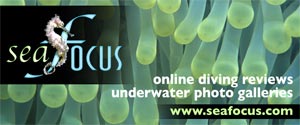- Home
- Directory
- Shop
- Underwater Cameras - Photographic Accessories
- Smartphone Housings
- Sea Scooters
- Hookah Dive Systems
- Underwater Metal Detectors
- Dive Gear
- Dive Accessories
- Diving DVD & Blu-Ray Discs
- Diving Books
- Underwater Drones
- Drones
- Subscriptions - Magazines
- Protective Cases
- Corrective Lenses
- Dive Wear
- Underwater Membership
- Assistive Technology - NDIS
- On Sale
- Underwater Gift Cards
- Underwater Art
- Power Stations
- Underwater Bargain Bin
- Brands
- 10bar
- AOI
- AquaTech
- AxisGo
- Backscatter Underwater Video and Photo
- BLU3
- Cayago
- Chasing
- Cinebags
- Digipower
- DJI
- Dyron
- Edge Smart Drive
- Eneloop
- Energizer
- Exotech Innovations
- Fantasea
- Fotocore
- Garmin
- Geneinno
- GoPro
- Hagul
- Hydro Sapiens
- Hydrotac
- Ikelite
- Indigo Industries
- Inon
- Insta360
- Intova
- Isotta Housings
- Jobe
- JOBY
- Kraken Sports
- LEFEET
- Mirage Dive
- Nautica Seascooters
- Nautilus Lifeline
- NautiSmart
- Nitecore
- Nokta Makro
- Oceanic
- Olympus
- OM System
- Orca Torch
- Paralenz
- PowerDive
- QYSEA
- Scubajet
- Scubalamp
- Sea & Sea
- SeaDoo Seascooter
- SeaLife
- Seavu
- Shark Shield
- Sherwood Scuba
- Spare Air
- StickTite
- Sublue
- Suunto
- SwellPro
- T-HOUSING
- Tusa
- U.N Photographics
- Venture Heat
- XTAR
- Yamaha Seascooter
- Youcan Robot
Diving Pulu Keeling National Park and the Emden
Contributed by Blaze

There are not many places in the world where only a handful of people can attest to have dived. Pulu Keeling National Park located 14nm north of the southern atoll of the Cocos (Keeling) Islands is one such place.
North Keeling Island (Pulu Keeling National Park) was originally named after Captain William Keeling who is believed to have sighted this tiny atoll of only 2 km long and 1.3 km wide in 1609. Pulu (Cocos Malay for "island") Keeling was proclaimed a National Park in December 1995 and is Australia's sixth and smallest Commonwealth National Park. Being a National Park means stringent regulations are in place to protect not only the spectacular marine life and coral ecosystem that abounds the atoll, but also the unbelievable variety of birdlife, fauna and flora on the Island itself. Pulu Keeling National Park is also an internationally significant seabird rookery where the Red-footed Booby (Sula sula) maintains one of the largest breeding colonies in the world.
 For
those of you who know little of Australia's Naval history you may not realise
the extraordinary role Cocos (Keeling) Islands and the HMAS Sydney 1 played
in WWI. In fact, the HMAS Sydney I was responsible for Australia's first naval
victory when it defeated the infamous German raider, the SMS Emden, off the
Cocos (Keeling) Islands on 9th November 1914. The SMS Emden was sent to destroy
the all important cable station located on Direction Island on the southern
atoll. A passing British convoy, which included the HMAS Sydney I received a
radio message from the men stationed on Direction Island that an enemy ship
was in port. The HMAS Sydney I was despatched from the main convoy to render
assistance. A fierce battled raged for many hours with the SMS Emden being totally
out-gunned by the HMAS Sydney I. Finally, after many direct hits from the HMAS
Sydney I, the captain of the SMS Emden, Captain Karl von Mueller, surrendered
after running his ship aground on North Keeling Island. For more information
on the SMS Emden, HMAS Sydney I please visit: www.cocos-history.cc.
For
those of you who know little of Australia's Naval history you may not realise
the extraordinary role Cocos (Keeling) Islands and the HMAS Sydney 1 played
in WWI. In fact, the HMAS Sydney I was responsible for Australia's first naval
victory when it defeated the infamous German raider, the SMS Emden, off the
Cocos (Keeling) Islands on 9th November 1914. The SMS Emden was sent to destroy
the all important cable station located on Direction Island on the southern
atoll. A passing British convoy, which included the HMAS Sydney I received a
radio message from the men stationed on Direction Island that an enemy ship
was in port. The HMAS Sydney I was despatched from the main convoy to render
assistance. A fierce battled raged for many hours with the SMS Emden being totally
out-gunned by the HMAS Sydney I. Finally, after many direct hits from the HMAS
Sydney I, the captain of the SMS Emden, Captain Karl von Mueller, surrendered
after running his ship aground on North Keeling Island. For more information
on the SMS Emden, HMAS Sydney I please visit: www.cocos-history.cc.
Over the past ten years since Cocos Dive commenced its diving operation on the southern atoll of Cocos (Keeling) Islands, they have estimated as little as a couple of hundred divers have enjoyed the unique experience of Pulu Keeling National Park and even less have been fortunate enough to have dived the remains of the German Raider from WWI, the SMS Emden.
In early January 2004, diving guests from Europe, Helmut, Doris, Iris and Jurgen and from England, Nicky, Barry and Jenny, were given the opportunity of joining this privileged group. After three days of favourable weather conditions it was decided that a visit to Pulu Keeling could be accomplished. Cocos Dive has a tour operator's permit issued by Parks Australia North. In order to visit the Park they must follow several important procedures required under its permit conditions prior to entering the Park for the purpose of diving. A visitors list was drawn up of who would be visiting the Park, 48 hours notice was given and an on-shore "look-out" was appointed in case Cocos Dive did not arrive back within the designated time that had been organised. Bear in mind that Pulu Keeling is some 14nm north of the main southern atoll over open-ocean that sometimes changes at the drop of a hat.
 The
prospect of two dives on virgin reef plus a possible dive on the SMS Emden had
everyone excited. The day of reckoning dawned brilliantly and by 7.00am, with
all our gear stowed on Putri Laut, our dive boat for the day, we headed north
to Pulu Keeling, the seven visitors, Dieter and myself. For Helmut, Doris, Iris
and Jurgen the possibility of actually seeing the SMS Emden was extremely high
on their list of priorities as they had all just finished reading a book by
the last living survivor of the Emden's crew - a true account of what really
happened on that fateful day. Unfortunately, this aging gentleman passed away
not long after the book was published. For the Nicky, Barry and Jenny, having
visited Cocos for the past four years, this was their first opportunity to dive
in the Park. The atmosphere on the boat was electrifying.
The
prospect of two dives on virgin reef plus a possible dive on the SMS Emden had
everyone excited. The day of reckoning dawned brilliantly and by 7.00am, with
all our gear stowed on Putri Laut, our dive boat for the day, we headed north
to Pulu Keeling, the seven visitors, Dieter and myself. For Helmut, Doris, Iris
and Jurgen the possibility of actually seeing the SMS Emden was extremely high
on their list of priorities as they had all just finished reading a book by
the last living survivor of the Emden's crew - a true account of what really
happened on that fateful day. Unfortunately, this aging gentleman passed away
not long after the book was published. For the Nicky, Barry and Jenny, having
visited Cocos for the past four years, this was their first opportunity to dive
in the Park. The atmosphere on the boat was electrifying.
It takes approximately 1-1/2 hours to reach the Park, depending on prevailing ocean conditions. We were making great time and after about 20 minutes from leaving the West Island jetty we could just make out Pulu Keeling on the horizon. As we drew closer flocks of seabirds, Terns, Red-footed and Brown Booby birds escorted us, gliding on the ocean breeze making a spectacular sight. By the time we reached Pulu Keeling the sky above the atoll was dotted with thousands of birds - Greater and Least Frigate birds, elegant Bosun birds, boobies, terns, some more curious than others, swooping down towards the boat. A couple of the juvenile boobies actually landed on the canopy of Putri Laut to check out the strange human visitors.
 While
we prepared for the first dive, Dieter reiterated the importance of complying
with the permit conditions whilst in the Park; take only pictures, leave no
handprints or fin-strokes on the corals and don't touch any of the creatures.
All the diving in the Park is drifting; no anchoring is allowed other than the
"landing zone". By 8.30am we were ready to hit the water! Normally we dive an
area called Paradise, however this time Dieter chose a site called Wreck Point,
on the northern tip of the atoll, one I had never dived before. With an estimated
visibility of forty metres plus and no evident current we headed south as suggested
by Dieter, gliding down a perfectly white sandy beach that sloped steeply to
approximately twelve metres before dropped away to a coral covered wall and
an endless abyss.
While
we prepared for the first dive, Dieter reiterated the importance of complying
with the permit conditions whilst in the Park; take only pictures, leave no
handprints or fin-strokes on the corals and don't touch any of the creatures.
All the diving in the Park is drifting; no anchoring is allowed other than the
"landing zone". By 8.30am we were ready to hit the water! Normally we dive an
area called Paradise, however this time Dieter chose a site called Wreck Point,
on the northern tip of the atoll, one I had never dived before. With an estimated
visibility of forty metres plus and no evident current we headed south as suggested
by Dieter, gliding down a perfectly white sandy beach that sloped steeply to
approximately twelve metres before dropped away to a coral covered wall and
an endless abyss.
A cheeky juvenile grey reef shark shot up the wall to investigate the noisy bubble-blowers, coming in so close to the divers, circling us a few times before it decided we were boring, then headed back down to the deep. Jenny, my shark crazy buddy was blown away - a huge smile formed on her face and you could see her eyes just glowing! Curious giant morays popped their heads out from their hidey-holes, while schools of giant and big-eye trevally come in for a look. Myriads of smaller "aquarium" fish darted in and out of the coral homes and stunning delicate gorgonian fans clung to the wall, waving gently in the ever so gentle current. Making our way back up the wall we were treated with more stunning beaches of white sand and huge stands of hard corals and porites coral, some covered with amazingly coloured Christmas Tree worms. Schools of parrotfish, surgeonfish and goatfish streamed by in an ever-flowing tide of colour and movement, while a huge green turtle lazily cruised past us with not a care in the world. Sadly an hour had passed, we slowly made our way up to do our safety stop and return to the ever-patient Dieter, who had been following us on Putri Laut.
 After
a respectable surface interval that included refreshments and cake, we up-anchored
from the "landing zone" and headed to a site further south called Paradise.
This dive was to be considerably shorter, approximately 45-50 minutes, so we
could conserve 80 to 100 bar in order to do the third shallower dive on the
SMS Emden. Everyone at the ready and we were off for another adventure. Once
again the grey reef sharks came cruising in from down deep for a good look,
never threatening, just curious and so did a huge barracuda. Further out from
the wall a school of neon fusiliers were quickly heading for shelter as a small
school of dogtooth tuna followed hot on their tails. The wall on Paradise is
spectacular - covered with gorgonian fans, soft leather corals and divaricate
tree corals, sea whips, sea anemones with colourful, shy "Nemos", Angelfish,
Butterflyfish, Surgeonfish, Napoleon Wrasse, Humphead Parrotfish and so many
more varieties of marine creatures. A huge school of Big-eye Trevally came charging
in to check us out, encircled the group, and then charged off again. The trevally
kept us company the entire dive, coming in every so often to see what we were
up to. Some huge Black Trevallies, with their somewhat angry looks, paid us
a close visit as well. Table corals, covered with Anthias and Chevroned Butterflyfish,
made a spectacular sight and large stands of red lobyphillia corals enhanced
the already colourful scenery.
After
a respectable surface interval that included refreshments and cake, we up-anchored
from the "landing zone" and headed to a site further south called Paradise.
This dive was to be considerably shorter, approximately 45-50 minutes, so we
could conserve 80 to 100 bar in order to do the third shallower dive on the
SMS Emden. Everyone at the ready and we were off for another adventure. Once
again the grey reef sharks came cruising in from down deep for a good look,
never threatening, just curious and so did a huge barracuda. Further out from
the wall a school of neon fusiliers were quickly heading for shelter as a small
school of dogtooth tuna followed hot on their tails. The wall on Paradise is
spectacular - covered with gorgonian fans, soft leather corals and divaricate
tree corals, sea whips, sea anemones with colourful, shy "Nemos", Angelfish,
Butterflyfish, Surgeonfish, Napoleon Wrasse, Humphead Parrotfish and so many
more varieties of marine creatures. A huge school of Big-eye Trevally came charging
in to check us out, encircled the group, and then charged off again. The trevally
kept us company the entire dive, coming in every so often to see what we were
up to. Some huge Black Trevallies, with their somewhat angry looks, paid us
a close visit as well. Table corals, covered with Anthias and Chevroned Butterflyfish,
made a spectacular sight and large stands of red lobyphillia corals enhanced
the already colourful scenery.
Once again it was difficult to tear ourselves away from this underwater paradise, but the opportunity to dive the Emden was drawing nearer. We anchored back at the "landing zone" for a well deserved rest and a hearty lunch of fresh salads, cold meats and home made bread.
Lunch and surface interval over, Dieter briefed us again on the important procedures
of diving the SMS Emden. The Emden, classified as an historical shipwreck and
protected under the Historical Shipwrecks Act 1976 allows only permit holders
to enter the 500-metre exclusion zone. However prior to her being recognised
as an historical shipwreck most of what could be salvaged was detached and transported
by trolleys onto North Keeling during 1915 and 1916. In 1950 a Japanese salvage
company removed much of the hull and shipped the scrap back to Japan. All that
remains of a once proud warship are the spectacular props and drive shaft, engine
bits and pieces, and shells from the Emden's guns.
 As
we made our way to the southern most exposed side of Pulu Keeling, it still
wasn't guaranteed that a dive on the Emden would be possible. However luck was
with us - the southerly swell was moderate and the visibility looked pretty
good. The remains of the Emden lie in less than eight metres of water, so it
is vulnerable to a fair amount of surge. Dieter launched the first group of
four divers before heading back out to deeper water, then making another pass
for the rest of us to descend into history. I have been privileged to dive the
Emden several times during the past four years yet I had never experienced such
wonderful visibility of around 20 metres. Even though it was quite surgy there
wasn't a lot of particles floating in the water. We were able to visit areas
shallower than I had been before, so I was able to appreciate more of this historical
wreck. After twenty minutes of extensive inspections of the props, 10.5cm cannon,
drive shaft, bits and pieces of metal, some still shining brightly after nearly
ninety years immersion and many photos later, we headed back out to deeper water,
finning along at five metres for a good ten minutes, so Dieter could safely
pick us up well away from the surf break. With all eight divers happily chatting
on the surface Dieter made his way over to collect us.
As
we made our way to the southern most exposed side of Pulu Keeling, it still
wasn't guaranteed that a dive on the Emden would be possible. However luck was
with us - the southerly swell was moderate and the visibility looked pretty
good. The remains of the Emden lie in less than eight metres of water, so it
is vulnerable to a fair amount of surge. Dieter launched the first group of
four divers before heading back out to deeper water, then making another pass
for the rest of us to descend into history. I have been privileged to dive the
Emden several times during the past four years yet I had never experienced such
wonderful visibility of around 20 metres. Even though it was quite surgy there
wasn't a lot of particles floating in the water. We were able to visit areas
shallower than I had been before, so I was able to appreciate more of this historical
wreck. After twenty minutes of extensive inspections of the props, 10.5cm cannon,
drive shaft, bits and pieces of metal, some still shining brightly after nearly
ninety years immersion and many photos later, we headed back out to deeper water,
finning along at five metres for a good ten minutes, so Dieter could safely
pick us up well away from the surf break. With all eight divers happily chatting
on the surface Dieter made his way over to collect us.
 However,
for us the day wasn't quite over. Just when you thought it couldn't get any
better we were visited by a small pod of twelve dolphins. Some of us quickly
took the opportunity to snorkel with these delightful mammals while the rest
of our group elected to stay onboard Putri Laut. We were lucky to have fifteen
minutes of play with the dolphins before they finally lost interest and went
off in search of food. As our designated departure time was approaching we sadly
made our way back onto Putri Laut, logged our Emden dive and managed another
serve of refreshments from the patiently waiting Dieter. Everyone was happily
talking about their day of diving, each having a different story to relate.
However one thing we all agreed on was that diving in the Park and exploring
the remains of the SMS Emden was truly an awesome and memorable experience.
However,
for us the day wasn't quite over. Just when you thought it couldn't get any
better we were visited by a small pod of twelve dolphins. Some of us quickly
took the opportunity to snorkel with these delightful mammals while the rest
of our group elected to stay onboard Putri Laut. We were lucky to have fifteen
minutes of play with the dolphins before they finally lost interest and went
off in search of food. As our designated departure time was approaching we sadly
made our way back onto Putri Laut, logged our Emden dive and managed another
serve of refreshments from the patiently waiting Dieter. Everyone was happily
talking about their day of diving, each having a different story to relate.
However one thing we all agreed on was that diving in the Park and exploring
the remains of the SMS Emden was truly an awesome and memorable experience.
Diving Pulu Keeling National Park is strictly weather dependent and this is the main reason why little of this pristine wilderness has been dived. The most likely time to visit the Park is during the doldrum season from November through to April. This still does not guarantee a trip, or for that matter, a dive on the SMS Emden. Even if the weather allows diving certain areas of Pulu Keeling National Park, swell conditions over the SMS Emden still may make it unsafe to dive this historical wreck.
If you are visiting Cocos (Keeling) Islands and it is on your list of "must do's", Cocos Dive will do everything possible to make a trip to Pulu Keeling National Park happen. However as with all their diving, emphasis on safety is their priority and a trip will only take place providing weather conditions are suitable.
This year also marks the 90th anniversary of the battle of the HMAS Sydney I and the SMS Emden. It is hoped that we will be able to visit the SMS Emden on the day of the battle to conduct a memorial dive. If this isn't possible on the day, 9th November, then Cocos Dive will endeavour to dive on her during the month of November. A land-based ceremony is in the process of being organised to take place on Direction Island, the site of the cable station, which the SMS Emden was sent to destroy. Details and venue should be made available closer to the date, so if you are interested, send an email to one of the following addresses:
Karen: karen@IkanImages.com / www.IkanImages.com
Cocos Dive: scuba@cocosdive.com / www.cocosdive.com
Cocos (Keeling) Islands Tourism Association: info@cocos-tourism.cc / www.cocos-tourism.cc
For more information on Pulu Keeling National Park, please visit: www.deh.gov.au/parks/cocos/index.html
Shopfront
-
 SEABOB Cayago F5 S - PLATIN SILVER - CHROME edition - ex demo
SEABOB Cayago F5 S - PLATIN SILVER - CHROME edition - ex demo
- Price A$ 12,999.00
-
 Nautica Seascooter Marine 500
Nautica Seascooter Marine 500
- Price A$ 899.00
-
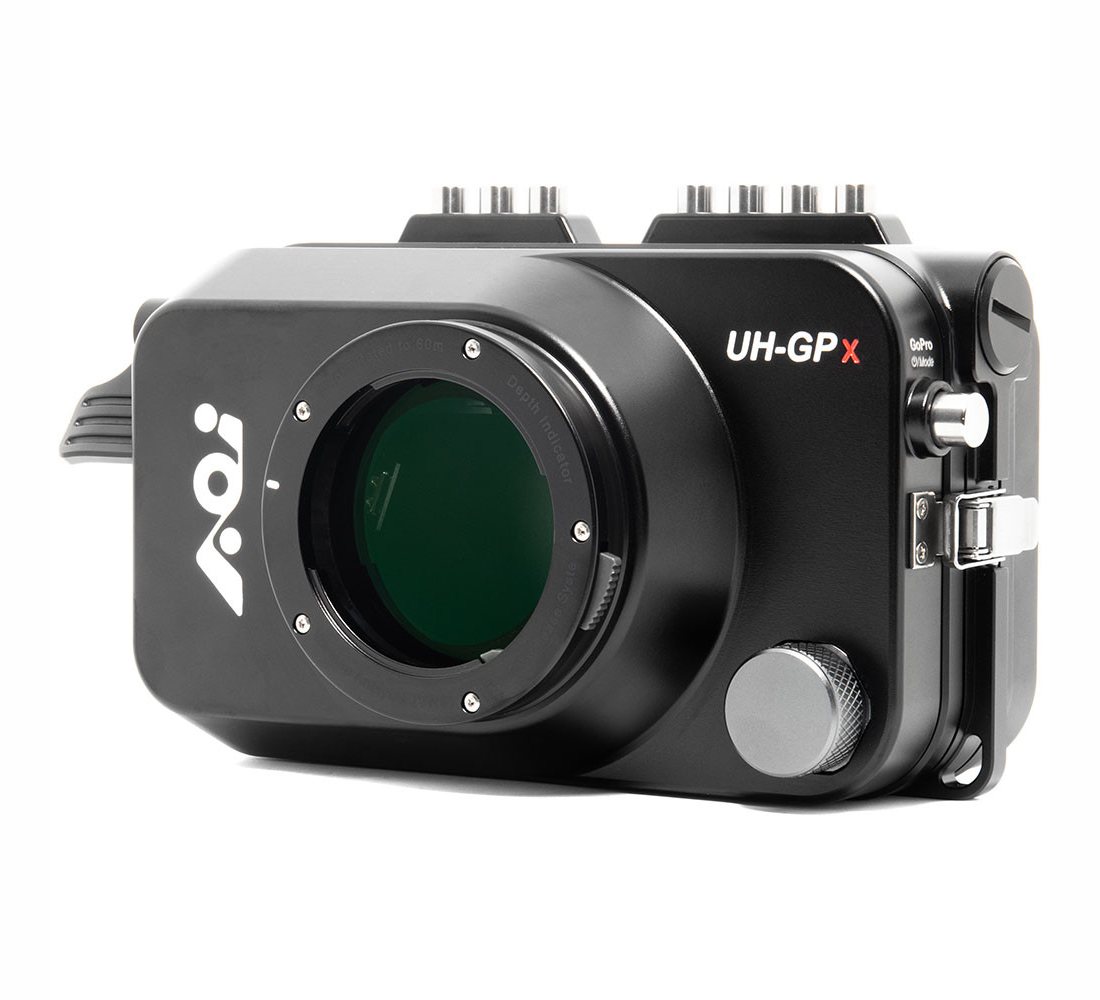 AOI GoPro HERO 9, 10, 11, 12, 13 Underwater Housing & Monitor UH-GPX
AOI GoPro HERO 9, 10, 11, 12, 13 Underwater Housing & Monitor UH-GPX
- Price A$ 2,549.00
-
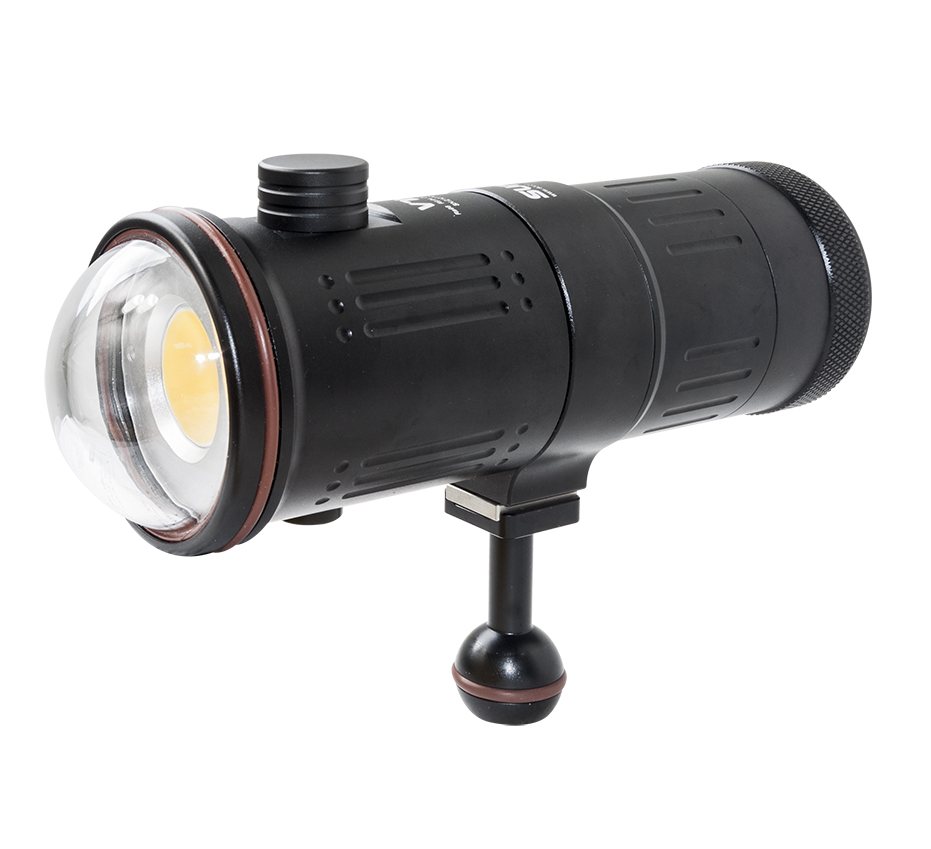 Scubalamp V7K Photo/Video Light - 15,000 lumens
Scubalamp V7K Photo/Video Light - 15,000 lumens
- Price A$ 1,699.00
-
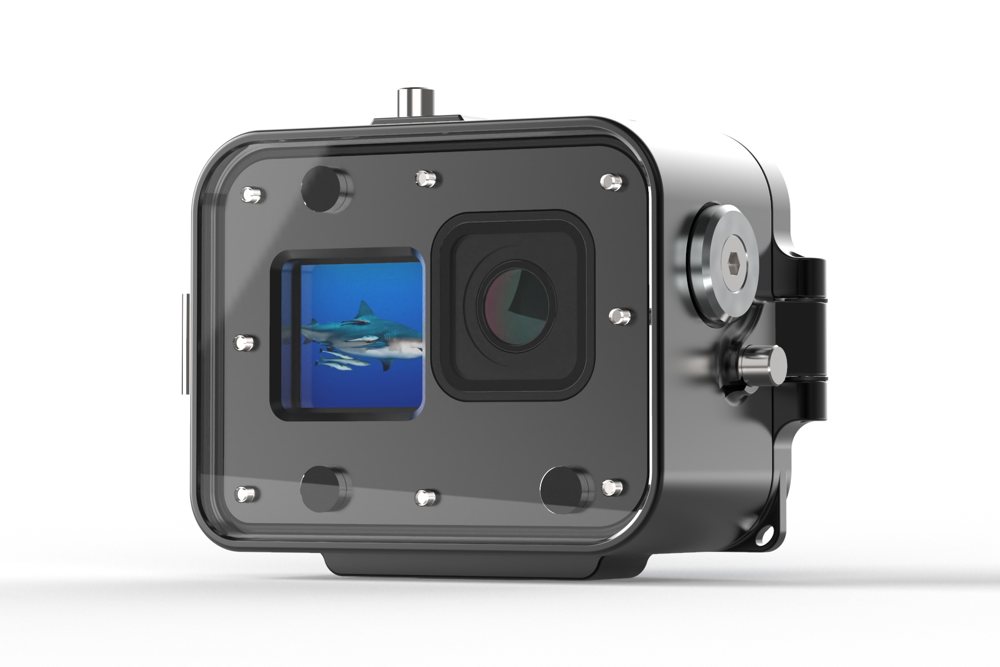 T-Housing Aluminium Deepdive Housing for GoPro Hero9 Hero10 HERO11 HERO12 and HERO13
T-Housing Aluminium Deepdive Housing for GoPro Hero9 Hero10 HERO11 HERO12 and HERO13
- Price A$ 579.00
-
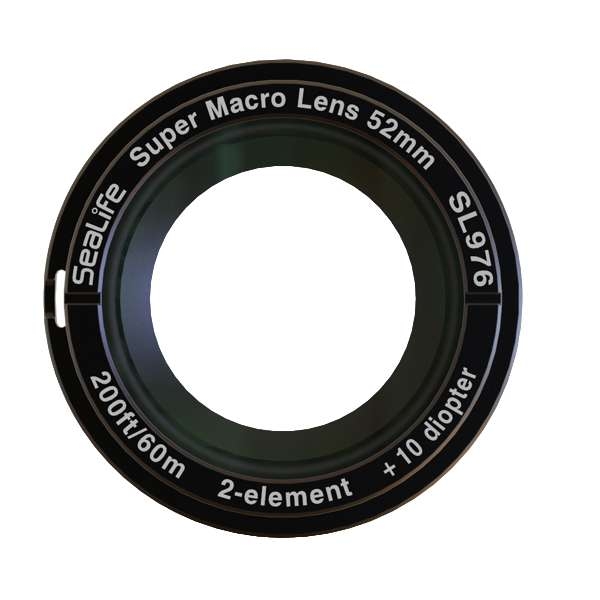 Sealife DC-Series Super Macro Lens
Sealife DC-Series Super Macro Lens
- Price A$ 229.00
In the Directory



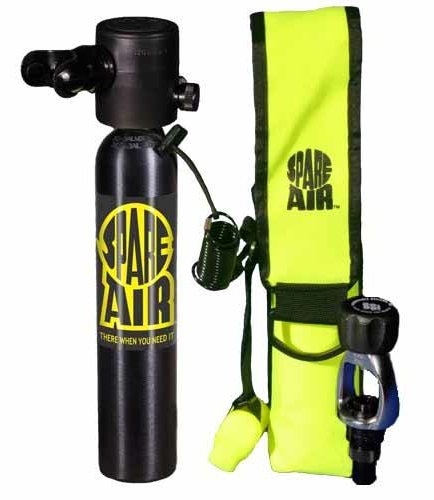

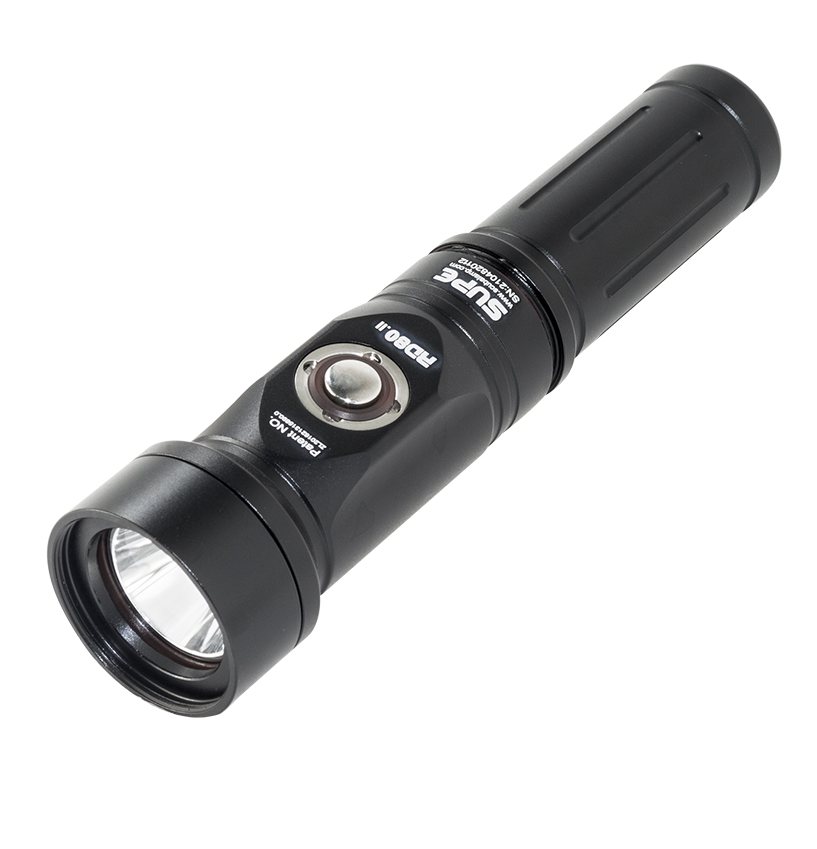
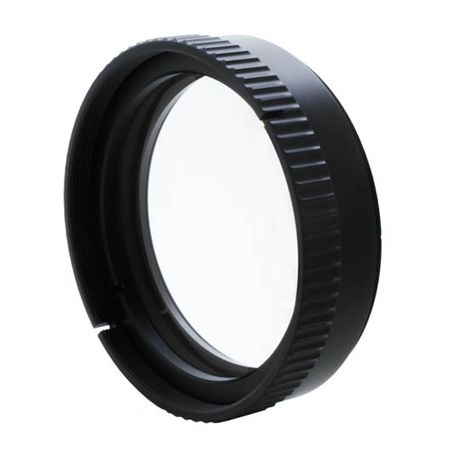
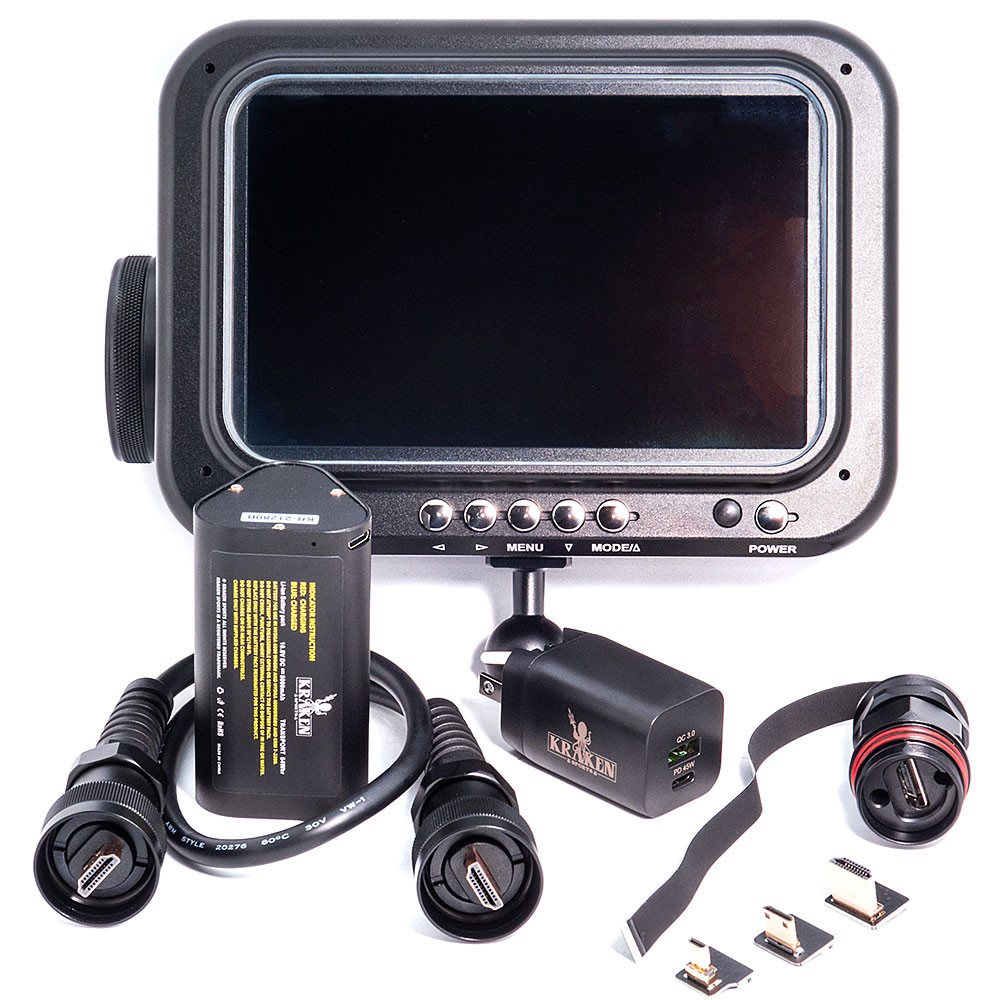
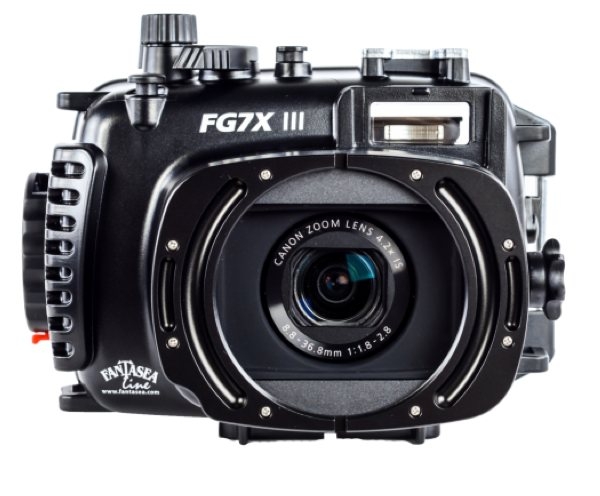
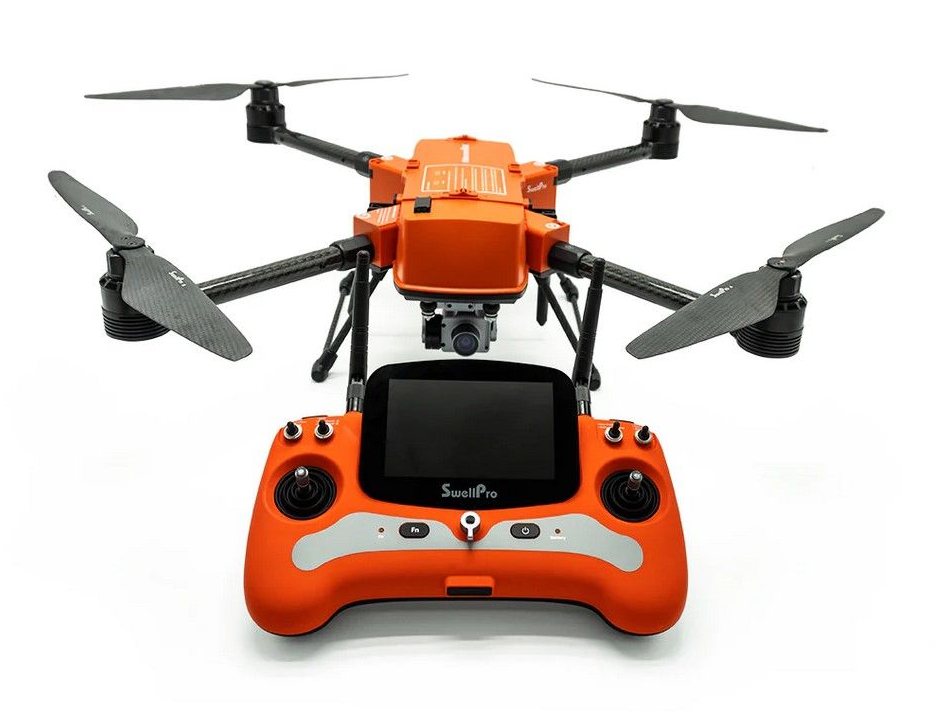



 Garmin Descent Mk3i Watch Dive Computer - 43 mm, titanium with silicone band
Garmin Descent Mk3i Watch Dive Computer - 43 mm, titanium with silicone band 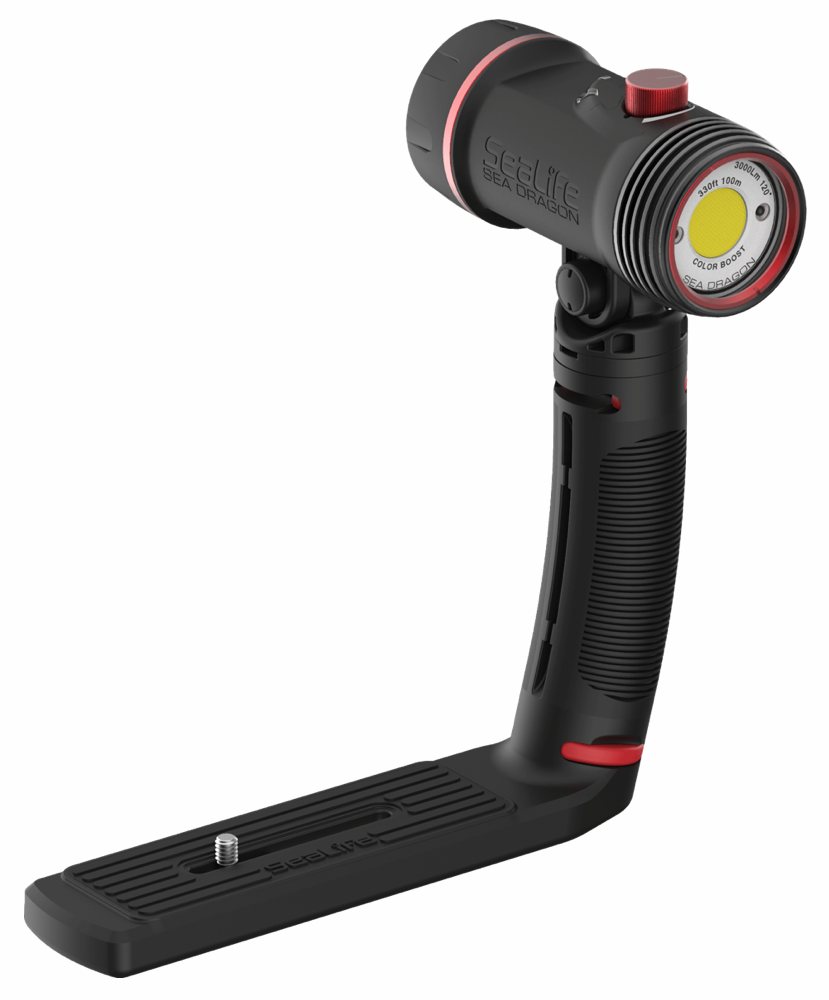 SeaLife Sea Dragon 3000F with Color Boost™ Auto Photo/Video Light
SeaLife Sea Dragon 3000F with Color Boost™ Auto Photo/Video Light 



